
Basement membrane
This electron micrograph shows the basement membrane with its two components, the basal lamina and the reticular lamina. The basal lamina is, in turn, subdivided into the lamina lucida and the lamina densa. The reticular lamina lies beneath the basal lamina and is composed of loose connective tissue with type III collagen fibrils. Anchoring fibrils extend from the lamina densa and loop around the type III collagen fibrils serving to attach the basal lamina to the underlying loose connective tissue of the reticular lamina. Capillary 45,000x.
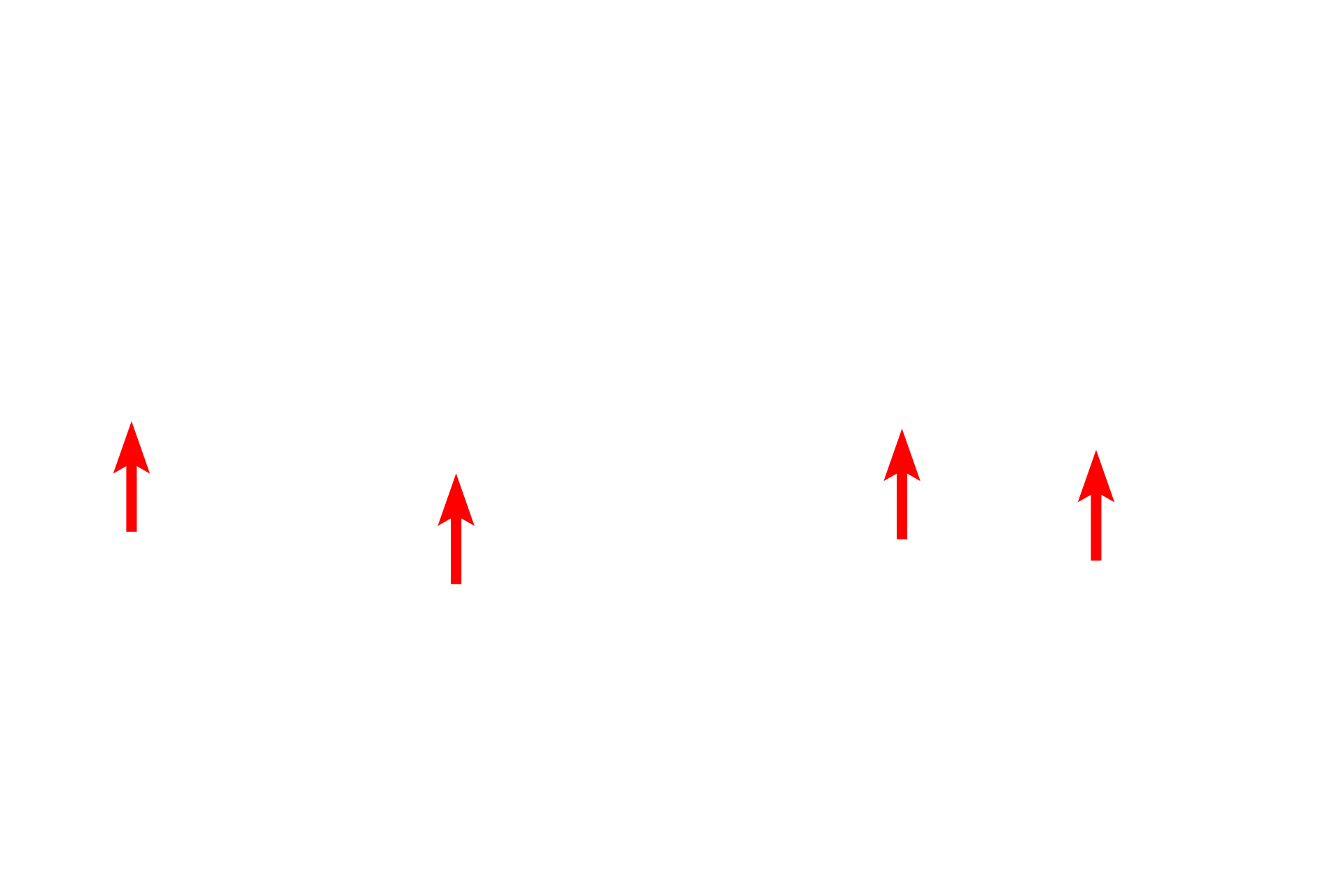
Epithelial cell membrane
This electron micrograph shows the basement membrane with its two components, the basal lamina and the reticular lamina. The basal lamina is, in turn, subdivided into the lamina lucida and the lamina densa. The reticular lamina lies beneath the basal lamina and is composed of loose connective tissue with type III collagen fibrils. Anchoring fibrils extend from the lamina densa and loop around the type III collagen fibrils serving to attach the basal lamina to the underlying loose connective tissue of the reticular lamina. Capillary 45,000x.
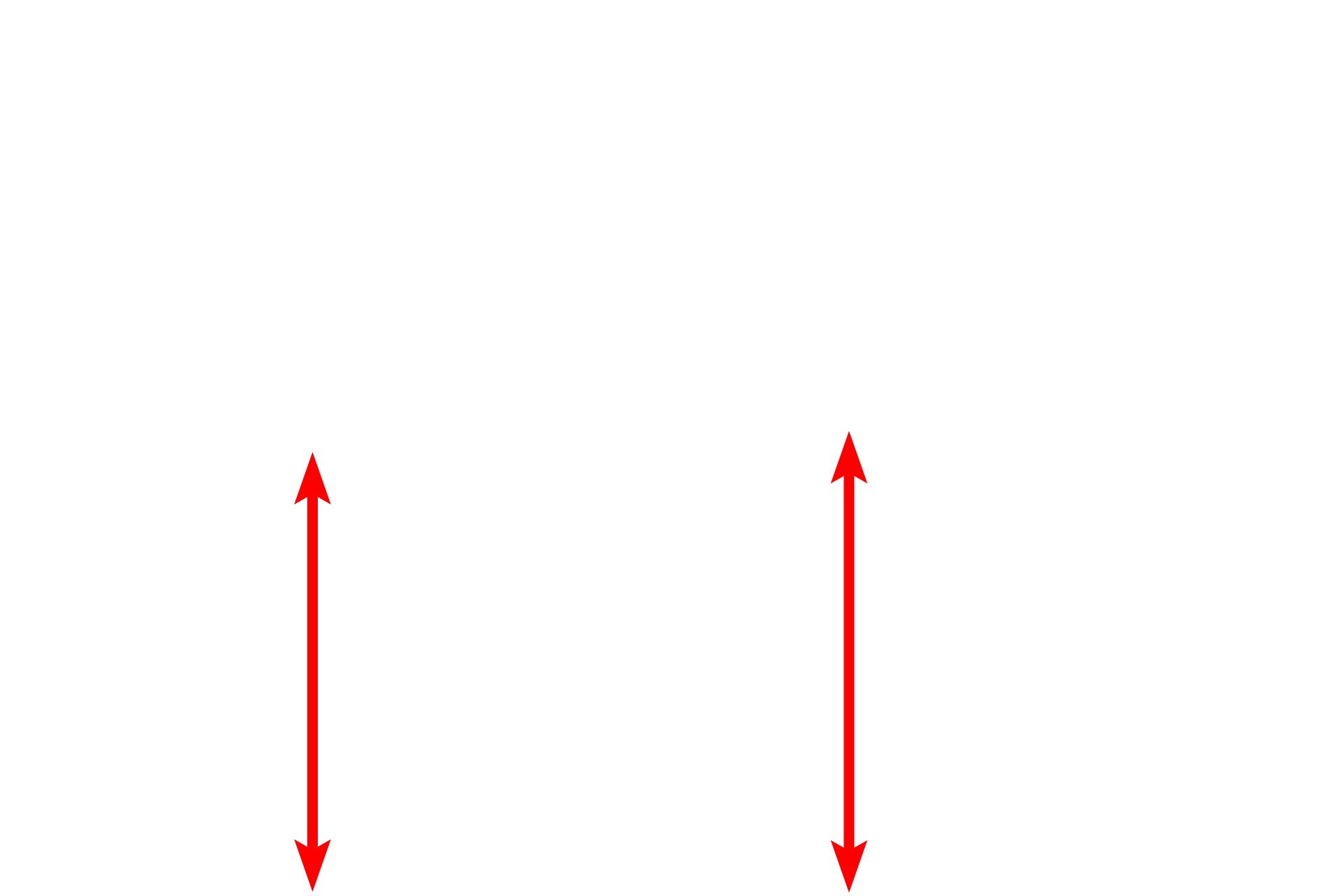
Basement membrane
This electron micrograph shows the basement membrane with its two components, the basal lamina and the reticular lamina. The basal lamina is, in turn, subdivided into the lamina lucida and the lamina densa. The reticular lamina lies beneath the basal lamina and is composed of loose connective tissue with type III collagen fibrils. Anchoring fibrils extend from the lamina densa and loop around the type III collagen fibrils serving to attach the basal lamina to the underlying loose connective tissue of the reticular lamina. Capillary 45,000x.
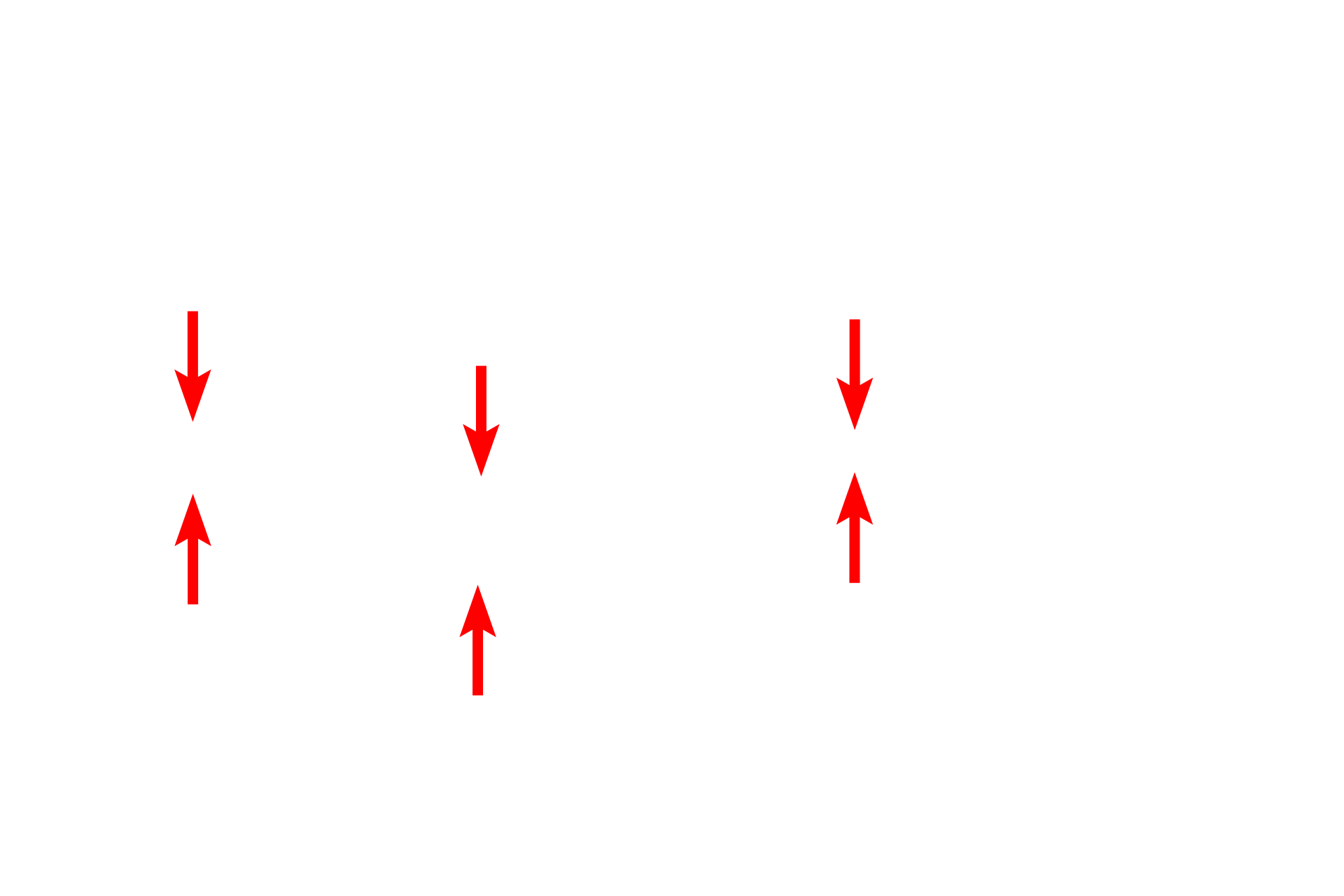
- Basal lamina
This electron micrograph shows the basement membrane with its two components, the basal lamina and the reticular lamina. The basal lamina is, in turn, subdivided into the lamina lucida and the lamina densa. The reticular lamina lies beneath the basal lamina and is composed of loose connective tissue with type III collagen fibrils. Anchoring fibrils extend from the lamina densa and loop around the type III collagen fibrils serving to attach the basal lamina to the underlying loose connective tissue of the reticular lamina. Capillary 45,000x.

-- Lamina lucida >
Additional studies have shown that the presence of the lamina lucida results from a fixation-shrinkage artifact of the tissue. The clear space does not exist in life and thus the lamina densa lies directly adjacent to the plasma membrane.
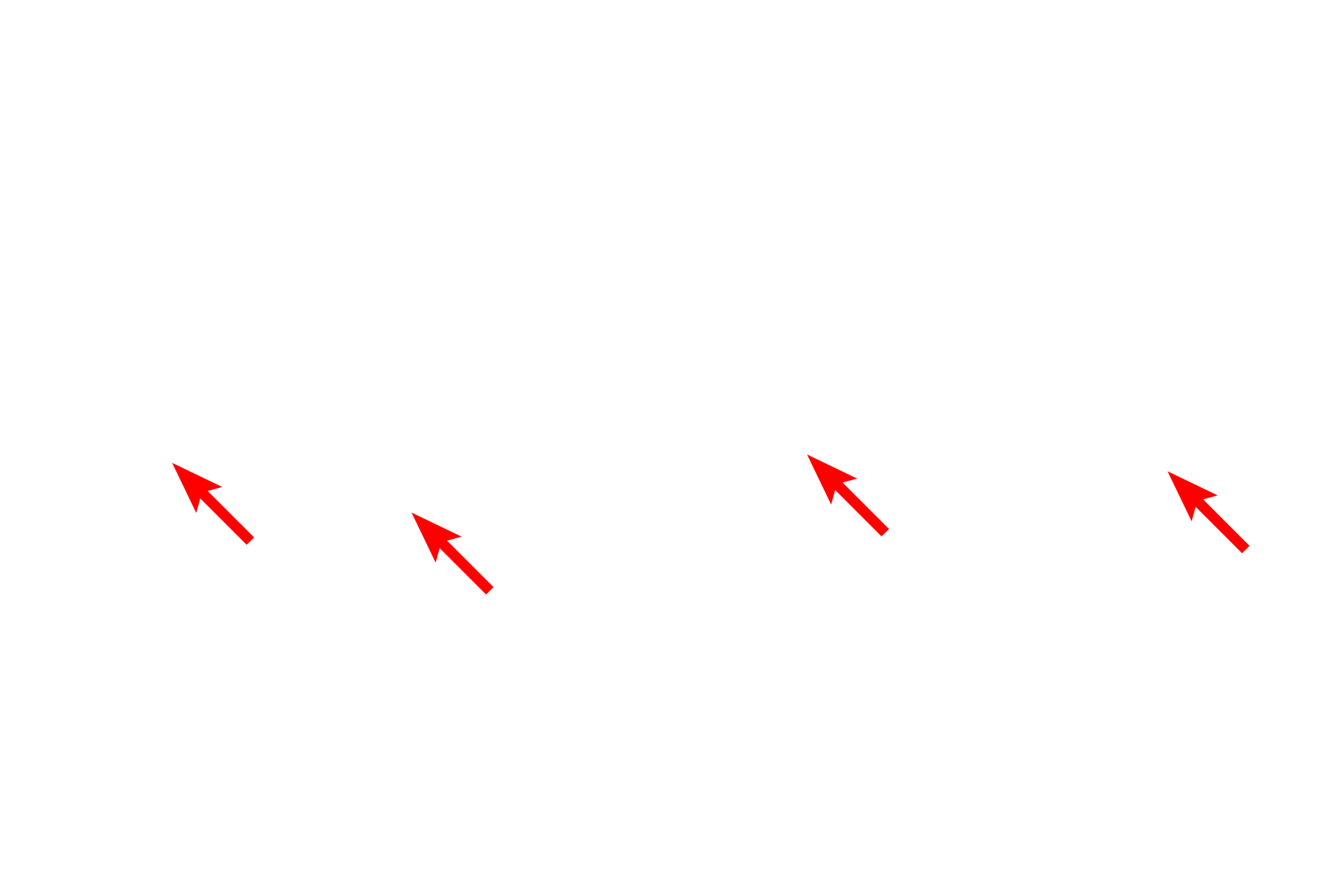
-- Lamina densa
This electron micrograph shows the basement membrane with its two components, the basal lamina and the reticular lamina. The basal lamina is, in turn, subdivided into the lamina lucida and the lamina densa. The reticular lamina lies beneath the basal lamina and is composed of loose connective tissue with type III collagen fibrils. Anchoring fibrils extend from the lamina densa and loop around the type III collagen fibrils serving to attach the basal lamina to the underlying loose connective tissue of the reticular lamina. Capillary 45,000x.
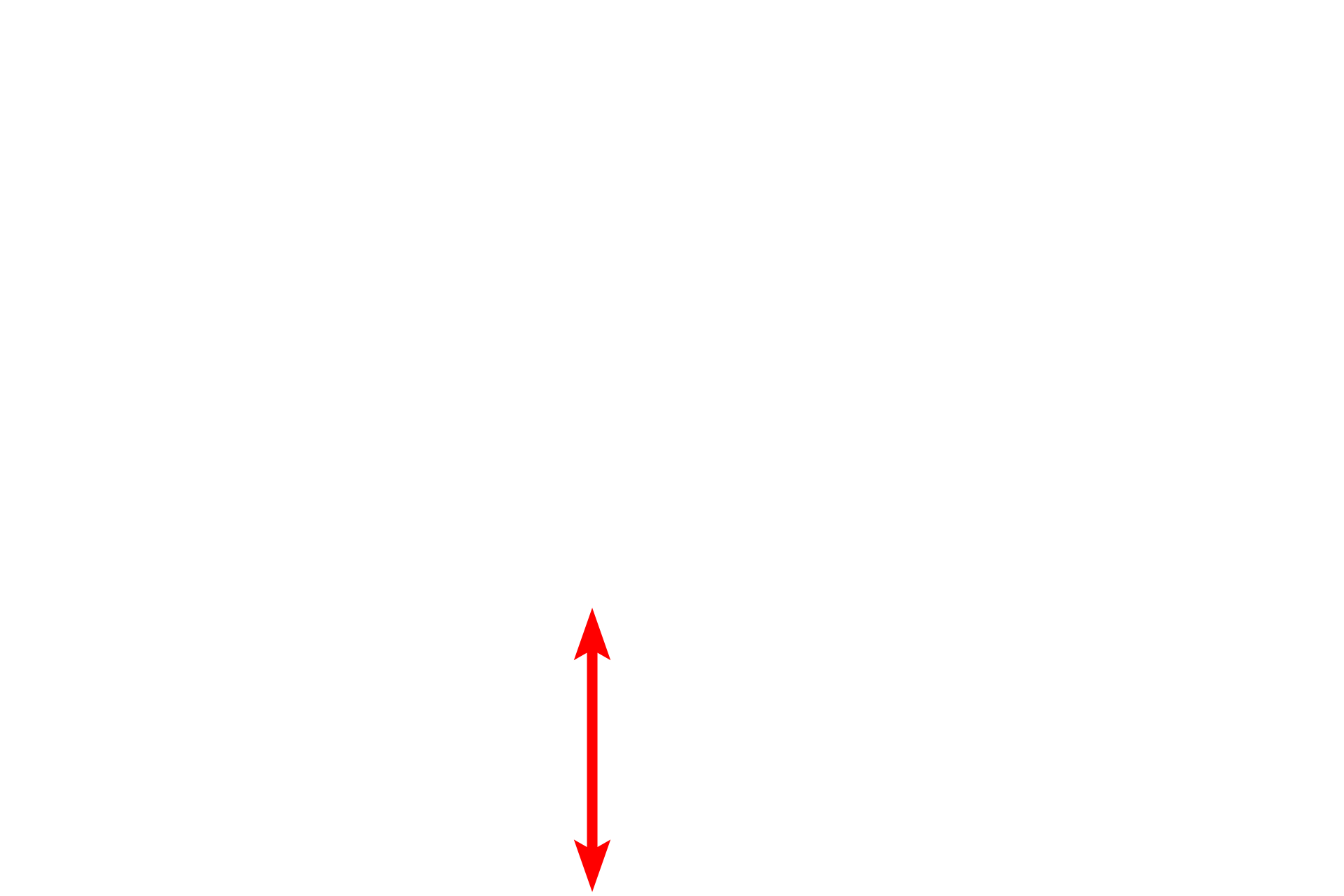
- Reticular lamina
This electron micrograph shows the basement membrane with its two components, the basal lamina and the reticular lamina. The basal lamina is, in turn, subdivided into the lamina lucida and the lamina densa. The reticular lamina lies beneath the basal lamina and is composed of loose connective tissue with type III collagen fibrils. Anchoring fibrils extend from the lamina densa and loop around the type III collagen fibrils serving to attach the basal lamina to the underlying loose connective tissue of the reticular lamina. Capillary 45,000x.
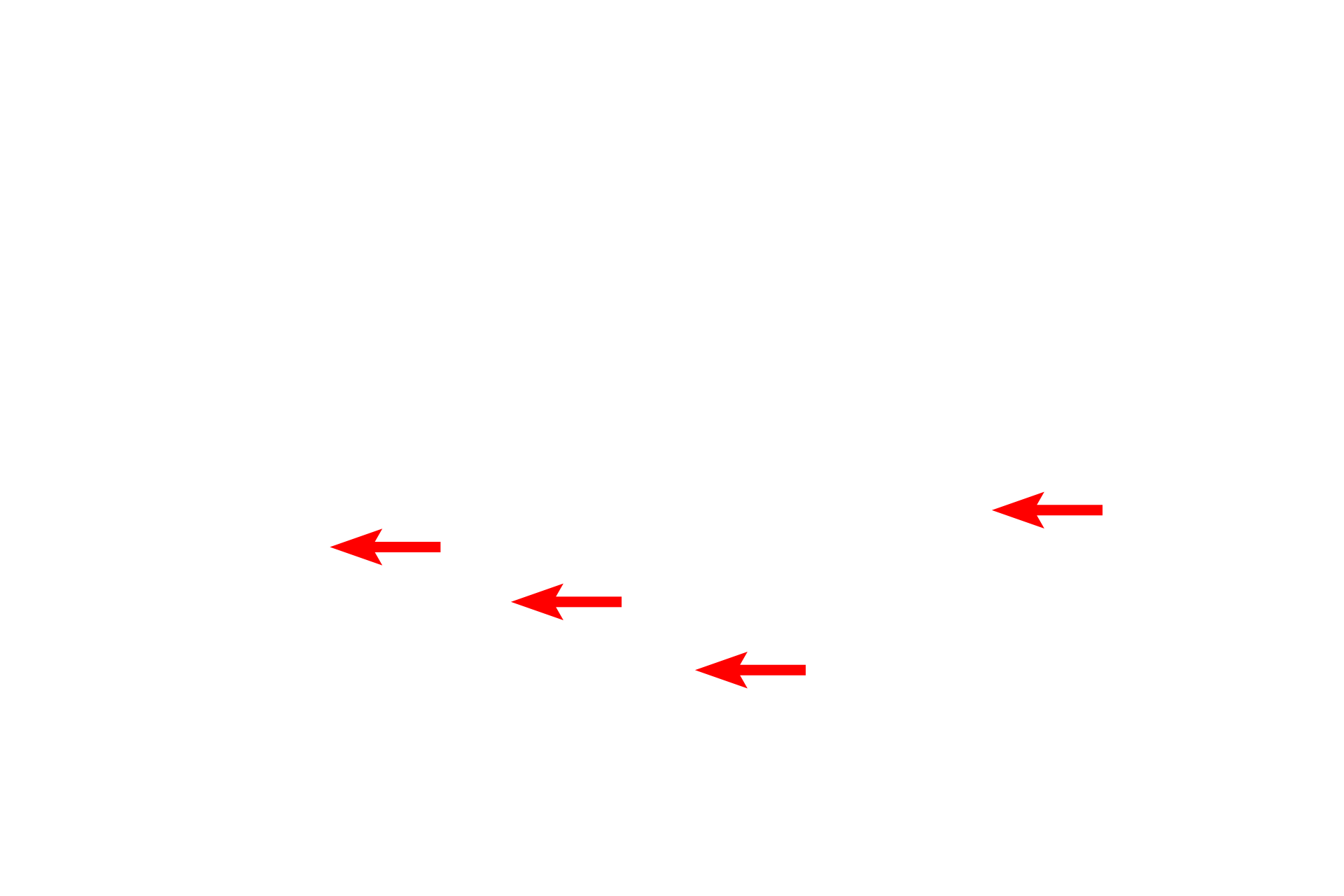
Anchoring fibrils
This electron micrograph shows the basement membrane with its two components, the basal lamina and the reticular lamina. The basal lamina is, in turn, subdivided into the lamina lucida and the lamina densa. The reticular lamina lies beneath the basal lamina and is composed of loose connective tissue with type III collagen fibrils. Anchoring fibrils extend from the lamina densa and loop around the type III collagen fibrils serving to attach the basal lamina to the underlying loose connective tissue of the reticular lamina. Capillary 45,000x.
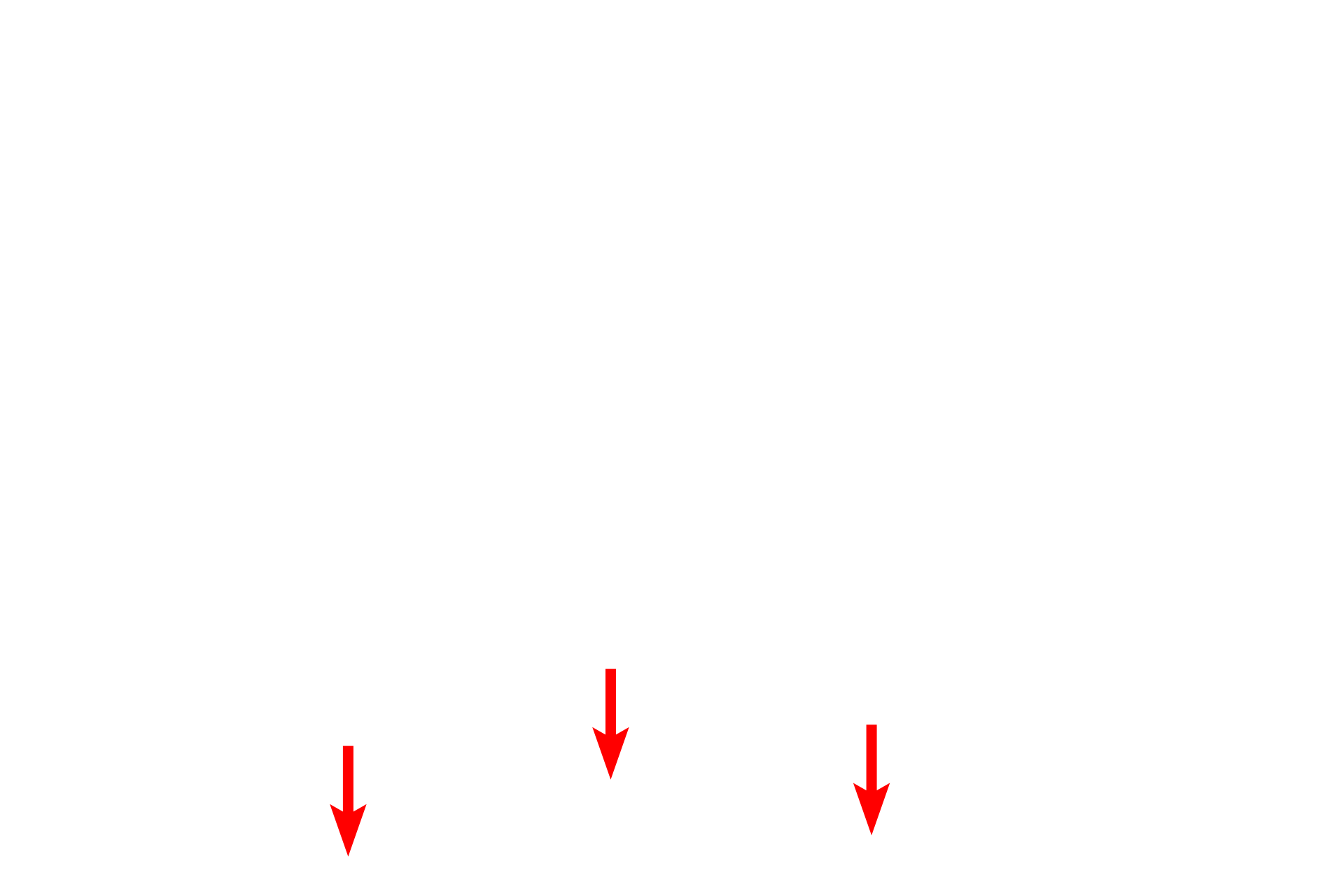
Collagen fibrils
This electron micrograph shows the basement membrane with its two components, the basal lamina and the reticular lamina. The basal lamina is, in turn, subdivided into the lamina lucida and the lamina densa. The reticular lamina lies beneath the basal lamina and is composed of loose connective tissue with type III collagen fibrils. Anchoring fibrils extend from the lamina densa and loop around the type III collagen fibrils serving to attach the basal lamina to the underlying loose connective tissue of the reticular lamina. Capillary 45,000x.